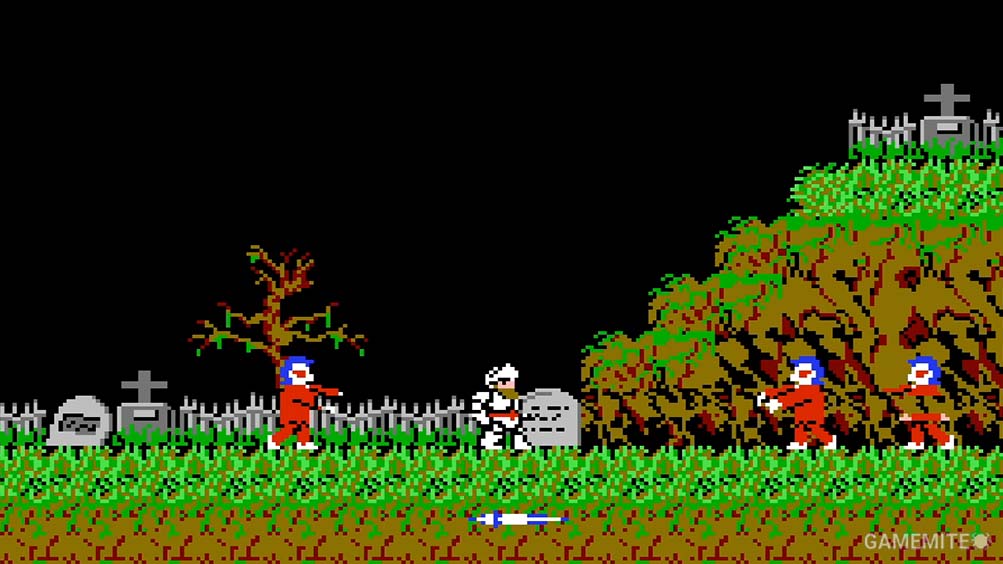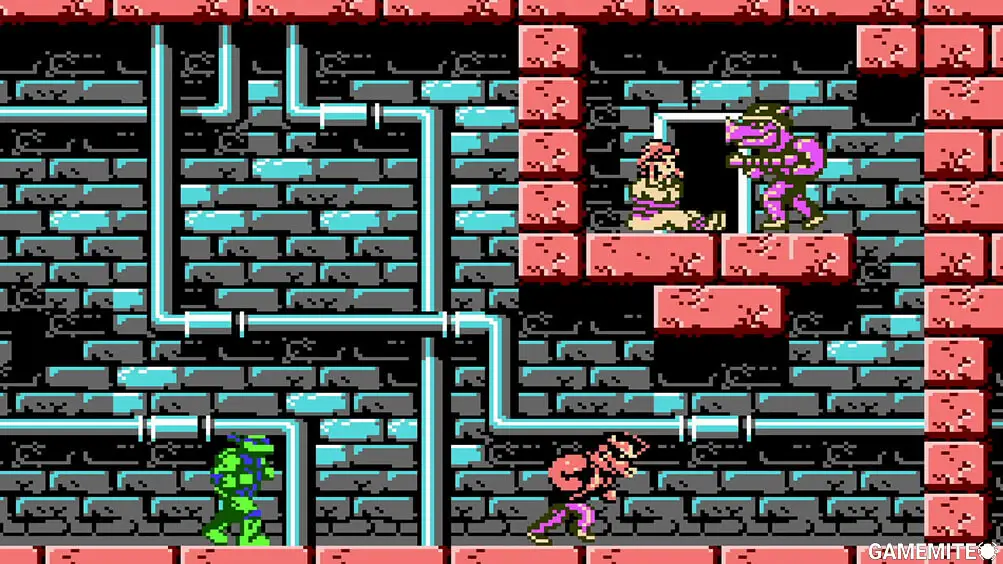Why Were NES Games So Hard?

Are you ready to take a trip down memory lane? Let's revisit the golden era of video gaming, where completing a level in an NES game felt like a true achievement. We all remember the countless hours we spent trying to overcome the seemingly insurmountable challenges presented by these classic games. But have you ever wondered why NES games were so unbelievably hard? Join us as we delve into the secrets behind the notorious difficulty level of NES games and uncover the unique experiences that shaped the gaming industry.
Complexity Within Simplicity
At first glance, NES games appeared simple in terms of graphics and gameplay mechanics. However, there were deeper complexities lurking beneath their pixelated surfaces. This was primarily due to the limitations of the NES console and the limited resources available to game developers.
The NES had strict technological constraints that dictated the size of game cartridges and the amount of data they could store. Developers had to maximize the longevity of their games with these limitations in mind. As a result, they focused on creating challenging and intricate game experiences that would keep players engaged for extended periods.
Unlike today's games, NES titles often lacked detailed instructions or tutorials. Players were thrown into the deep end, encouraged to explore and discover the mechanics of the game on their own. This lack of hand-holding added an extra layer of challenge and forced players to think critically and experiment with gameplay strategies.
Roots in Arcade Games
NES games are notorious for their unforgiving difficulty. Many players who grew up with these games have vivid memories of frustration and countless hours spent trying to beat them. But have you ever stopped to wonder why NES games were so hard in the first place?

One thing to remember is that a lot of these games were ports from arcade games which were made to gobble up your quarters and keep you pumping in more money to continue playing. The difficulty of these arcade games was intentionally designed to be challenging and punishing, as the goal was to keep players hooked and coming back for more.
The Element of Skill Testing
NES games demanded much more than mere button mashing. They required players to develop a range of skills, from rapid decision-making to lightning-fast reflexes.
To succeed in NES games, precise timing and execution were paramount. The combination of time-sensitive actions and the need to adapt quickly to unexpected challenges made for an adrenaline-fueled gaming experience. Players had to master the art of split-second decision-making to progress through levels.
Strategic thinking and resource management were also crucial in NES games. With limited lives and continues, players had to carefully plan their moves, allocating resources strategically to make the most progress. Memorization and pattern recognition also played a significant role, as many NES games relied on the repetition of enemy patterns or level designs.
The unforgiving consequences of making mistakes added an extra layer of pressure to the gameplay. Whether it meant restarting a level or suffering heavy setbacks, players were constantly reminded of the consequences of failure. This motivated players to improve their skills and strive for mastery.
Enduring Limitations and Design Choices
Aside from the gameplay mechanics and skill-testing elements, the notorious difficulty of NES games can also be attributed to enduring hardware constraints and deliberate design choices.
The NES console had limited memory space, which meant that developers had to make do with repetitive levels or enemy patterns. With the absence of modern computing power, this limitation was a necessary compromise in order to bring games to life within the confines of the console's capabilities.
Deliberate game design choices also contributed to the challenging nature of NES games. Developers prioritized challenge over accessibility, recognizing that players would relish the satisfaction of conquering difficult levels. NES games were crafted with replayability in mind, aiming to provide countless hours of entertainment to players craving a formidable gaming experience.
Impact on Gaming Culture
The arduous, yet rewarding nature of NES games has had a lasting impact on gaming culture. The sense of accomplishment obtained from conquering difficult levels or beating a game was unparalleled.
Players who persevered through these challenging games were rewarded with immense satisfaction, which often became a cherished memory for many. The reputation of NES games for their high difficulty has influenced industry standards, establishing a benchmark for challenging gameplay in later generations.
Moreover, NES games have become the foundation upon which modern game design principles are built. The lessons learned from NES game development, such as the importance of balance between challenge and accessibility, are applied in the creation of contemporary games. Developers have adapted their approach to incorporate different difficulty levels, catering to a broader range of player preferences.
Reflection and Conclusion
The difficulty of NES games was a deliberate choice, rooted in technological limitations and design philosophies of the time. The challenges they presented were crafted to engage players on a deeper level, demanding skill, perseverance, and adaptability.
So next time you find yourself struggling with Dark Souls or Cuphead, remember that it all started back in those days with 8-bit masterpieces like Super Mario Bros., Contra, Ghosts 'n Goblins, and Teenage Mutant Ninja Turtles teaching us resilience one frustrating level at a time.
Are you up for the challenge? Dust off that NES console, grab your controller, and embark on a journey of nostalgia and gaming prowess!










